A Short History of Sequins
From ancient Egypt to the present, sparkly embellishments have enhanced special garments.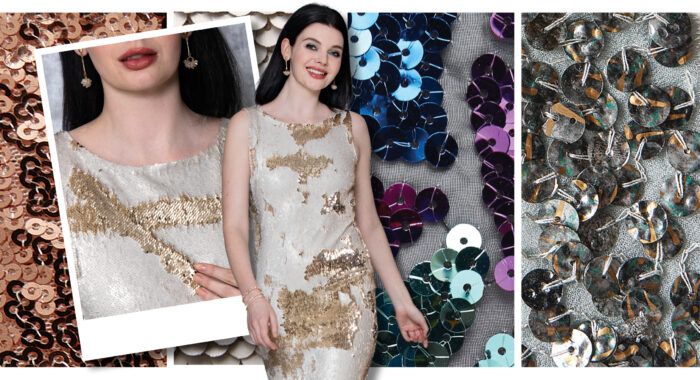
Throughout the centuries, garments have been known to have coins attached to keep the wearer’s wealth close and safe. This was particularly common among ancient nomadic cultures and in funerary garments. “Sequin” originated from the Arabic word sikka, meaning “coin,” later becoming the Venetian word zecchino. In the late 16th century, it morphed into the French word, sequin.
Formal gowns and suits were embellished with polished disks of metal throughout history, requiring hours of hand sewing by seamstresses. However, the trend grew when a historical discovery was made.
In 1922, archaeologists opened the tomb of Egyptian pharaoh Tutankhamen, revealing splendid garments embellished with tiny disks made of pure gold. Western fashion quickly reflected the dazzling artifacts in King Tut’s tomb as news of the discovery spread. Flappers’ dresses were often embellished with hundreds of metal sequins.
By the 1930s, manufacturers developed a process to create lightweight sequins using gelatin colored with lead paint. The spangles looked great but were impractical because they melted at temperatures as low as body heat and dissolved in water. In the same decade, scientist Herbert Lieberman developed acetate sequins when working in film production for Eastman Kodak. He went on to specialize in creating sparkling, over-the-top dance costumes and band uniforms.
Modern sequins are typically made of Mylar or plastics. Textiles and trims embellished with sequins are widely available, and a close look at the specific fabrication will help determine the appropriate construction techniques. Release your inner magpie and put on some sparkle.
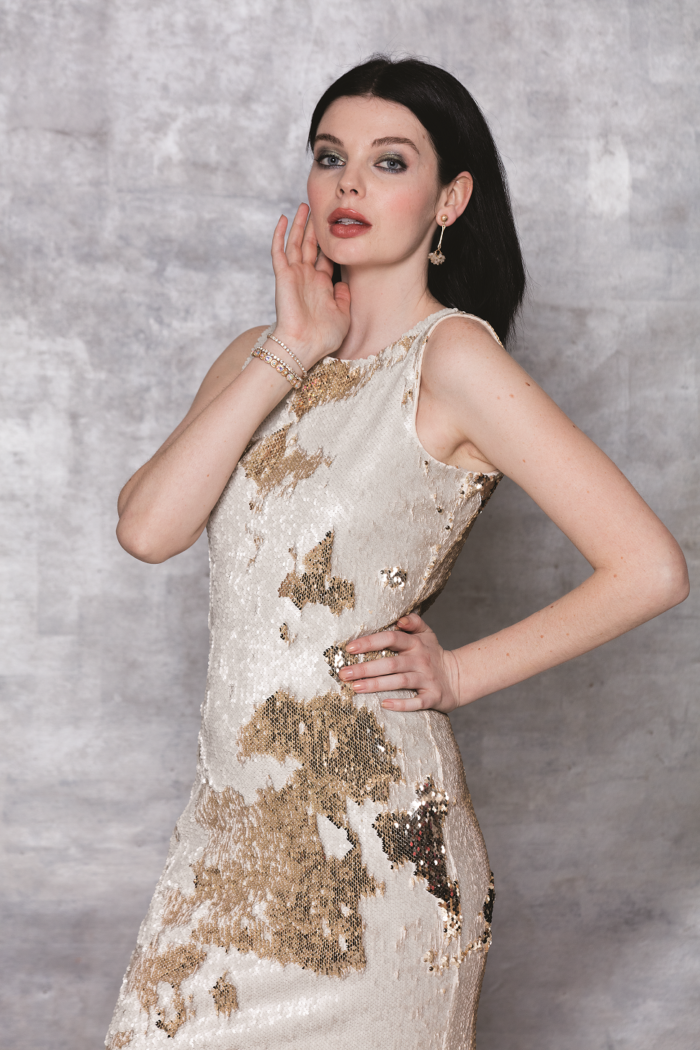
For information about sewing with embellished fabrics, check out the two-part series, “Working with Embellished Fabrics,” by Susan Khalje. Part I deals with evaluating the fabric quality, attaching an underlining, and sewing darts. Part II explains how to stabilize the fabric, sew in a zipper, and add finishing touches to a garment.
Learn methods for hand-sewing sequined fabrics, in “How to Sew Sequined Fabric,” by Karen Howland.


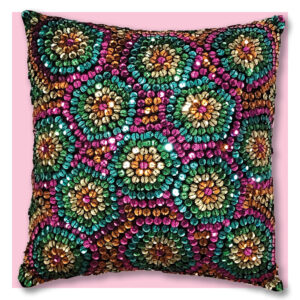



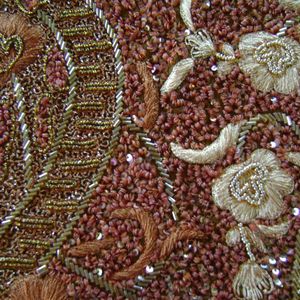























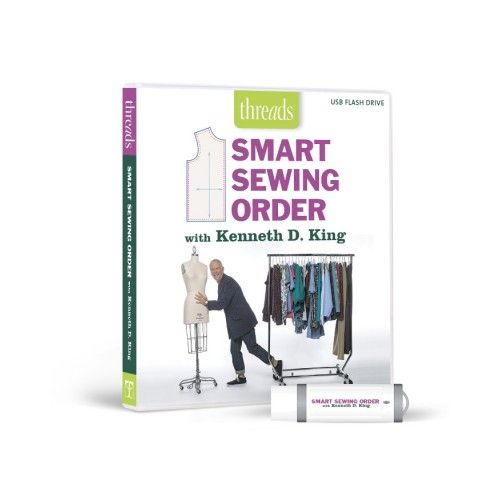
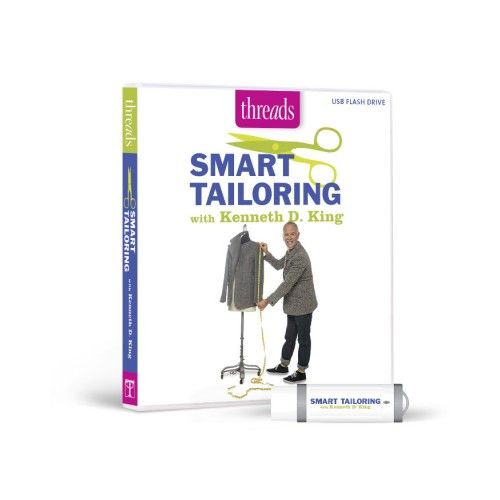




Log in or create an account to post a comment.
Sign up Log in